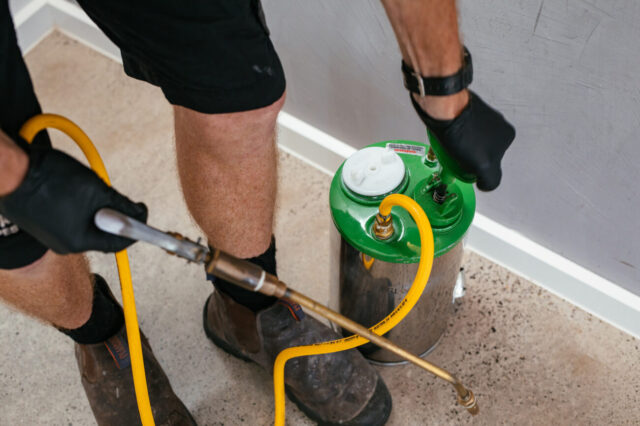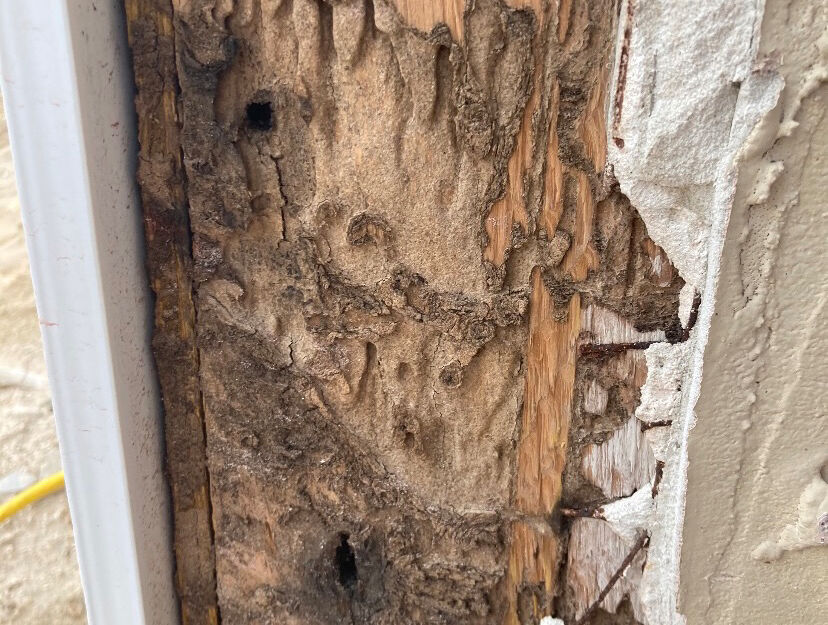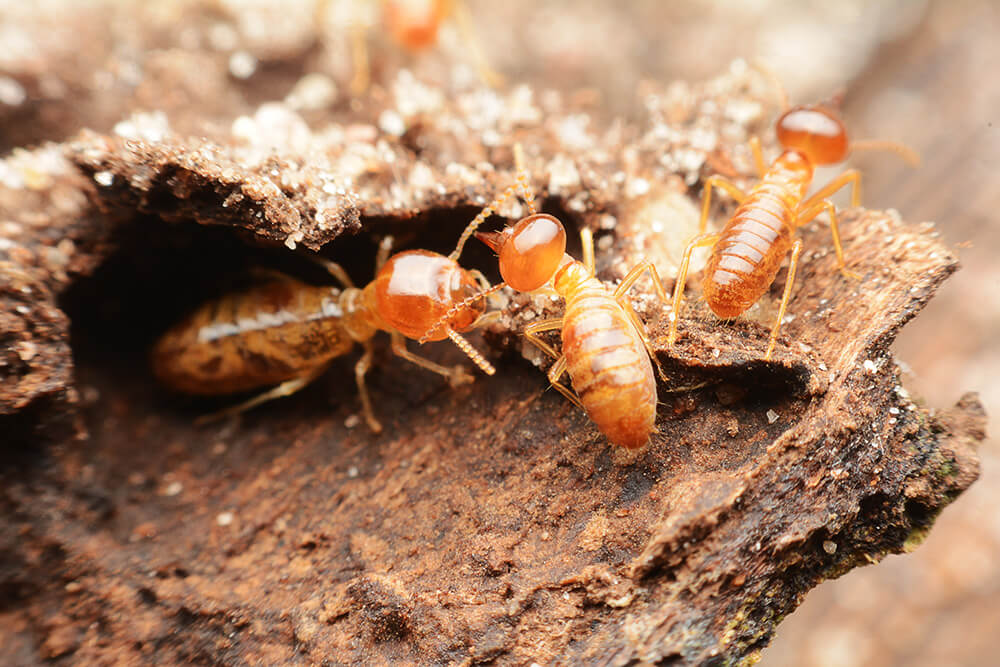
Termites are often dubbed the silent destroyers of the natural world, lurking in the shadows and feasting on the very structures we hold dear. For homeowners, the mere thought of an unseen colony gnawing away at wooden beams can be enough to incite a wave of anxiety.
While professional pest control services are often lauded as the go-to solution, the idea of tackling termite infestations on your own can feel both liberating and daunting. DIY termite control offers a path to empowerment, allowing you to take matters into your own hands.
However, it’s essential to approach this task with a careful strategy in mind. In this article, we’ll delve into practical steps for effectively managing termite problems while highlighting the crucial precautions to keep your home safe and sound.
Are you ready to reclaim your space from the clutches of these relentless pests? Let’s get started!
Understanding Termites

Understanding termites is essential for effective DIY termite control, as these tiny yet formidable pests can cause significant damage to homes if not addressed promptly. Termites, often referred to as the silent destroyers, thrive in damp environments, feeding on cellulose found in wood, paper, and even some building materials.
Their colonies can range from a few hundred to several millions, working tirelessly and often unnoticed, which makes detection a challenge for homeowners. Anticipating their movements, understanding their life cycle, and recognizing the signs of an infestation—like mud tubes or discarded wings—are crucial steps in safeguarding your property.
With this knowledge, you can act decisively, arming yourself with the tools needed not just to combat these pests but to prevent their unwelcome return. So, equip yourself with information, and prepare to take action against these insidious invaders.
Assessing the Infestation

Assessing the infestation is a critical first step in any DIY termite control effort. Begin your inspection in areas that are often overlooked: under sinks, around foundations, and within wooden structures.
Look for the subtle signs—tiny, mud tubes weaving along walls or the faint crunch of wood that should be sturdy. Don’t forget to check the crawl spaces and attics; these hidden zones can harbor a thriving colony.
A concentrated effort here can save you from costly repairs later. Be vigilant, as the symptoms may vary: while some termites leave behind sawdust-like frass, others may exhibit more discreet behaviors.
Make sure to document any findings meticulously, as this information will guide your next steps in a battle against these insidious invaders. Knowing the extent of the infestation empowers you to choose the right methods for eradication, ensuring a more effective and timely response.
DIY Termite Control Methods

When tackling the challenge of termite control on your own, several proactive and reactive strategies can effectively combat these destructive pests. First, consider the power of natural deterrents; solutions like diatomaceous earth, a fine powder that disrupts the exoskeletons of insects, can be sprinkled in areas where termites are suspected.
Additionally, the use of boric acid—a compound that not only kills termites but also prevents their return—offers a potent option if applied correctly in areas they inhabit. Regular inspections are key, so look for mud tubes or damaged wood, and don’t underestimate the value of a good, thorough barrier, such as barrier treatments or physical barriers, which can fortify your home against infestations.
Keep in mind that while DIY methods can be effective, they require diligence and ongoing maintenance to ensure that you stay one step ahead of these elusive invaders. Always combine these tactics with careful monitoring to catch any signs of re-infestation early, making your efforts more sustainable in the long run.
Conclusion
In conclusion, taking proactive steps in DIY termite control can significantly protect your home from these destructive pests while saving you both time and money. By understanding the signs of termite infestation, employing preventive measures, and utilizing safe, effective treatment options, homeowners can safeguard their properties.
However, it is crucial to remain vigilant and recognize when to seek professional help. With the right knowledge and precautions in place, you can effectively manage and mitigate the risks posed by termites, ensuring a safe and secure living environment.



